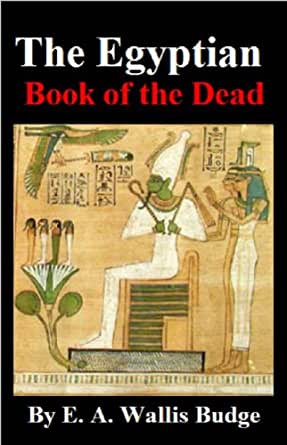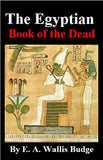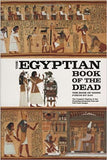The Egyptian Book of the Dead E-Book $12
This is a digital product, it is NOT a physical item. You will receive a download link when your purchase is complete. Immediate download, no waiting.
This product is for one E-Book, in .PDF format.
According to Wikipedia:
The Book of the Dead is an ancient Egyptian funerary text generally written on papyrus and used from the beginning of the New Kingdom (around 1550 BCE) to around 50 BCE.[1] The original Egyptian name for the text, transliterated rw nw prt m hrw,[2] is translated as Book of Coming Forth by Day[3] or Book of Emerging Forth into the Light. "Book" is the closest term to describe the loose collection of texts[4] consisting of several magic spells intended to assist a dead person's journey through the Duat, or underworld, and into the afterlife and written by many priests over a period of about 1,000 years.
The Book of the Dead, which was placed in the coffin or burial chamber of the deceased, was part of a tradition of funerary texts that includes the earlier Pyramid Texts and Coffin Texts painted onto objects, not written on papyrus. Some of the spells included in the book were drawn from these older works and date to the 3rd millennium BCE. Other spells were composed later in Egyptian history, dating to the Third Intermediate Period (11th to 7th centuries BCE). A number of the spells which make up the Book continued to be separately inscribed on tomb walls and sarcophagi, as the spells from which they originated always had been.
There was no single or canonical Book of the Dead. The surviving papyri contain a varying selection of religious and magical texts and vary considerably in their illustration. Some people seem to have commissioned their own copies of the Book of the Dead, perhaps choosing the spells they thought most vital in their own progression to the afterlife. The Book of the Dead was most commonly written in hieroglyphic or hieratic script on a papyrus scroll and often illustrated with vignettes depicting the deceased and their journey into the afterlife.
The finest extant example of the Egyptian Book of the Dead in antiquity is the Papyrus of Ani. Ani was an Egyptian scribe. It was discovered by Sir E. A. Wallis Budge in 1888 and was taken to the British Museum, where it currently resides.



